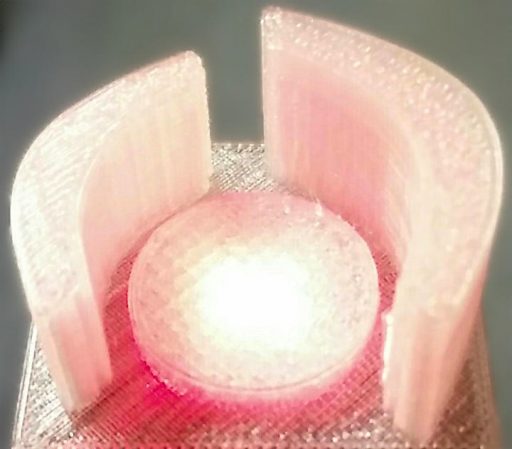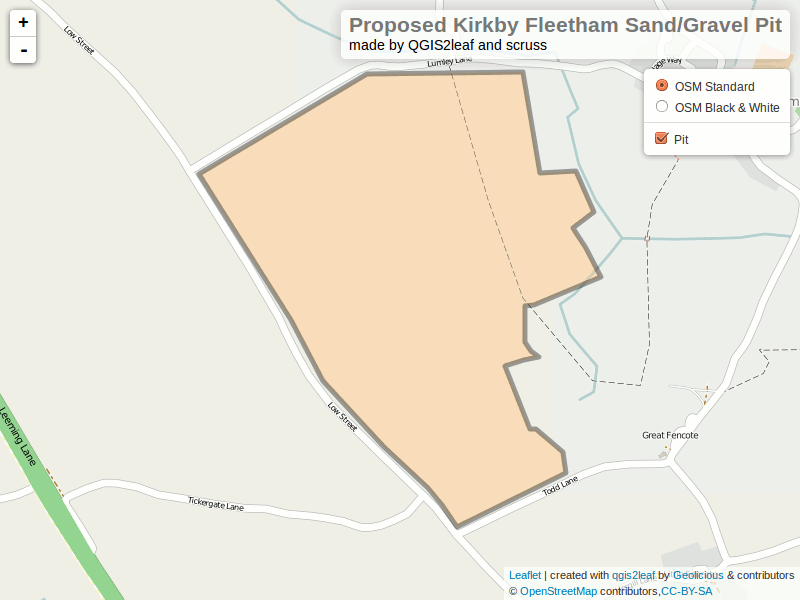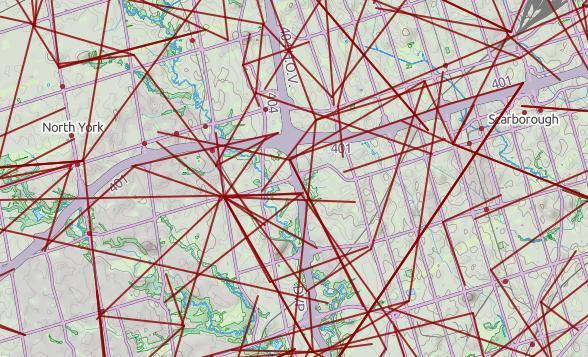

Based on Selasi Dorkenoo and Claus Rinner’s presentation at Toronto #Maptime – 3D Printing Demo. More later.


Based on Selasi Dorkenoo and Claus Rinner’s presentation at Toronto #Maptime – 3D Printing Demo. More later.
I’m talking about data and tools at Maptime Toronto tomorrow. Here are my slides: maptime201511-tools_and_data.
for more details, please see:
Minerals and waste joint plan consultation – North Yorkshire County Council http://northyorks.gov.uk/article/23999/Minerals-and-waste-joint-plan-consultation
Outline traced from http://northyorks.gov.uk/media/30250/Supplementary-sites-consultation—January-2015/pdf/Supplementary_sites_Consultation-_Web_Version.pdf
Update: After reading Anita’s article about Publishing interactive web maps using QGIS, I had to try the QGIS2leaf plugin. And lo! It works:

Joshua Frazier’s great tutorial Let’s make some web maps using Leaflet.js! for Maptime Toronto was a huge help in getting me started with Leaflet. Thanks, Joshua!
 @MaptimeTO asked me to summarize the brief talk I gave last week at Maptime Toronto on making maps from the Technical and Administrative Frequency List (TAFL) radio database. It was mostly taken from posts on this blog, but here goes:
@MaptimeTO asked me to summarize the brief talk I gave last week at Maptime Toronto on making maps from the Technical and Administrative Frequency List (TAFL) radio database. It was mostly taken from posts on this blog, but here goes: